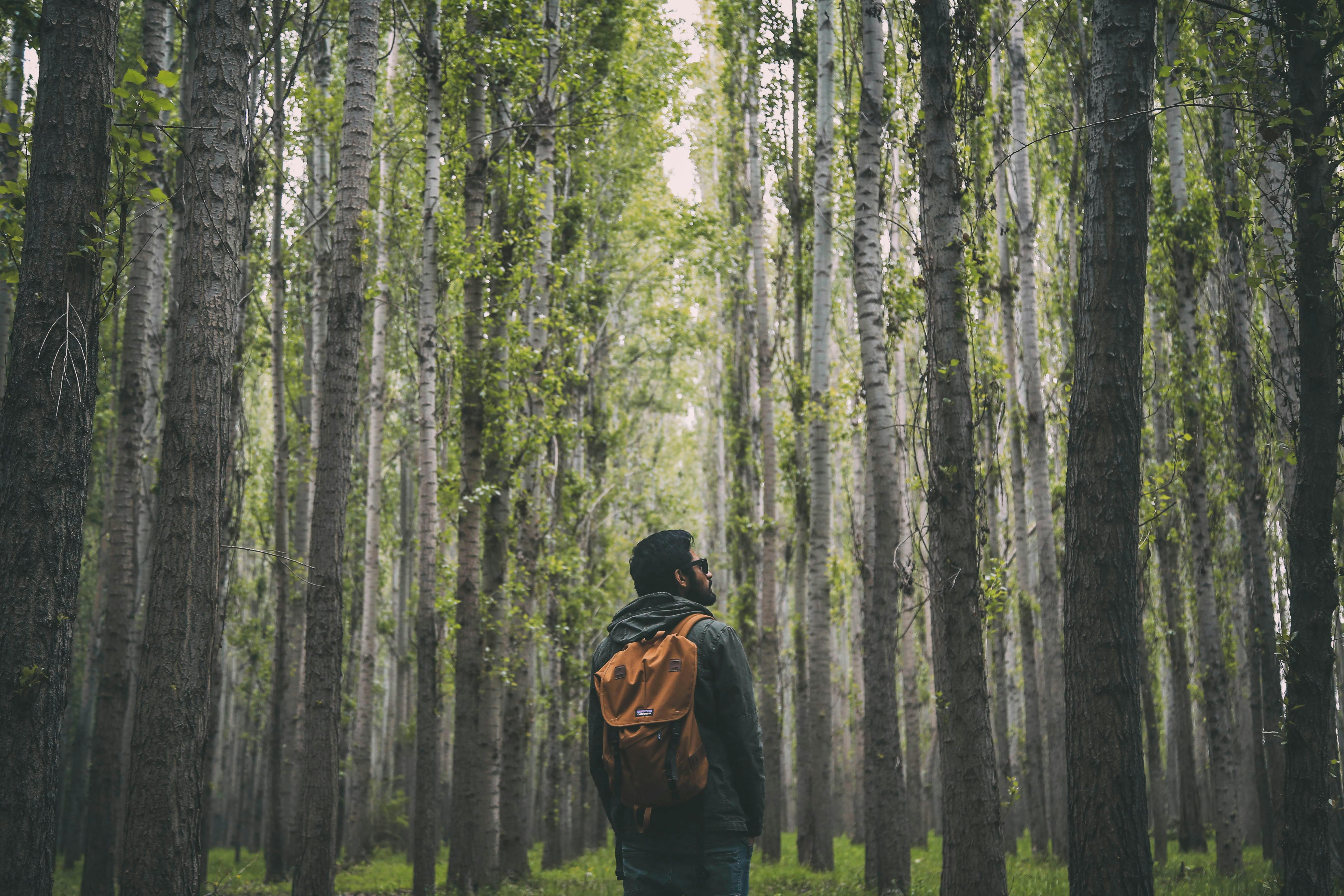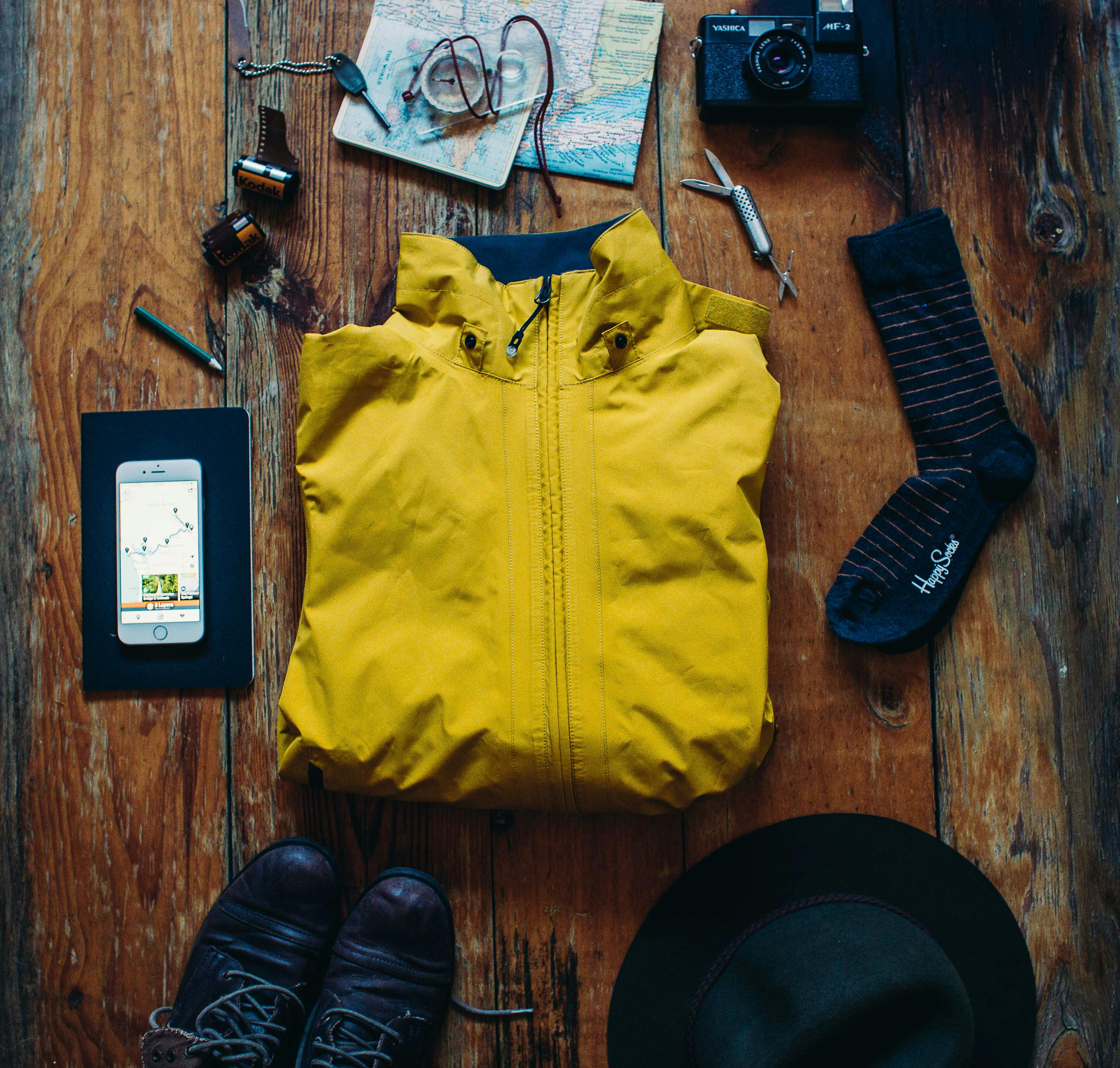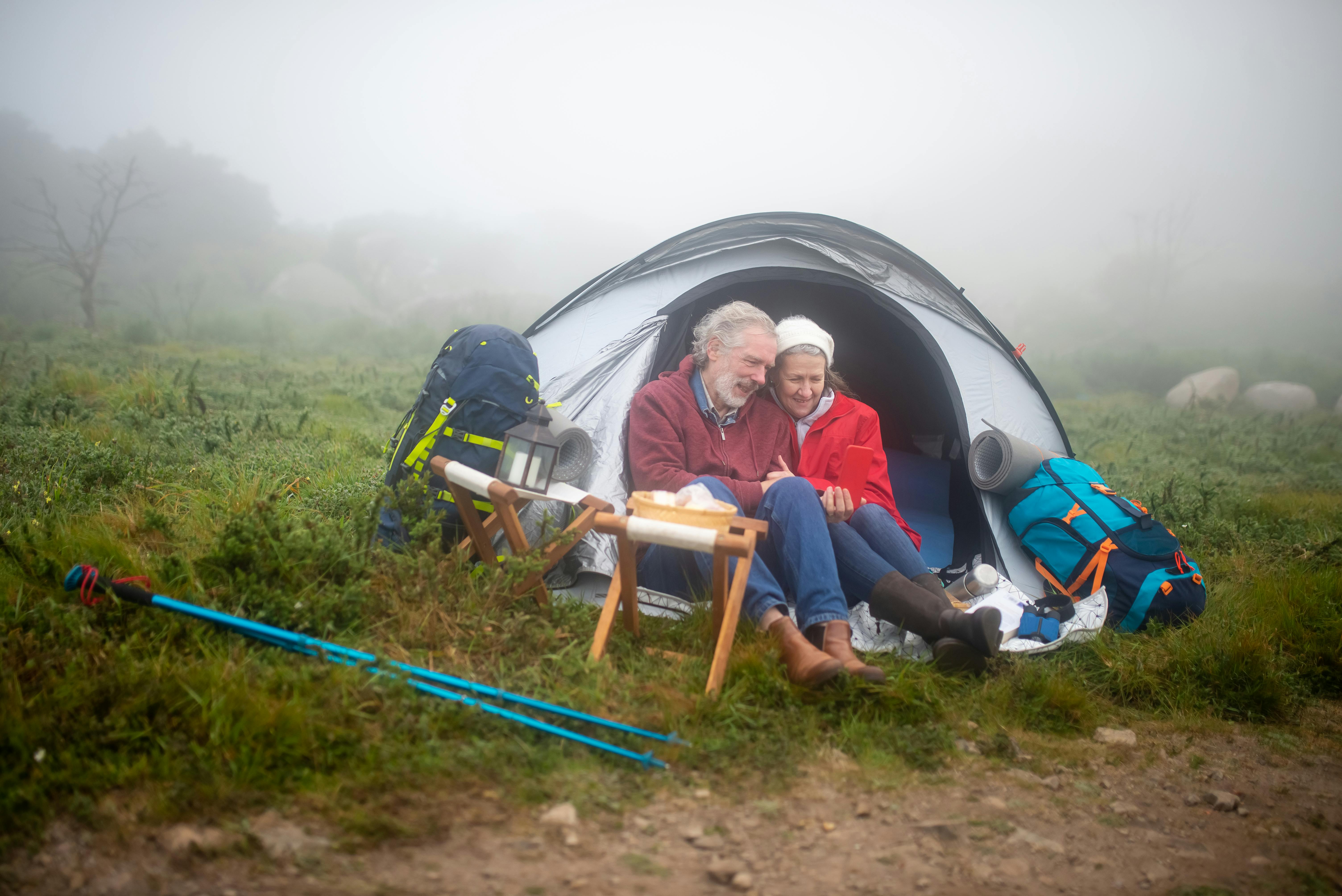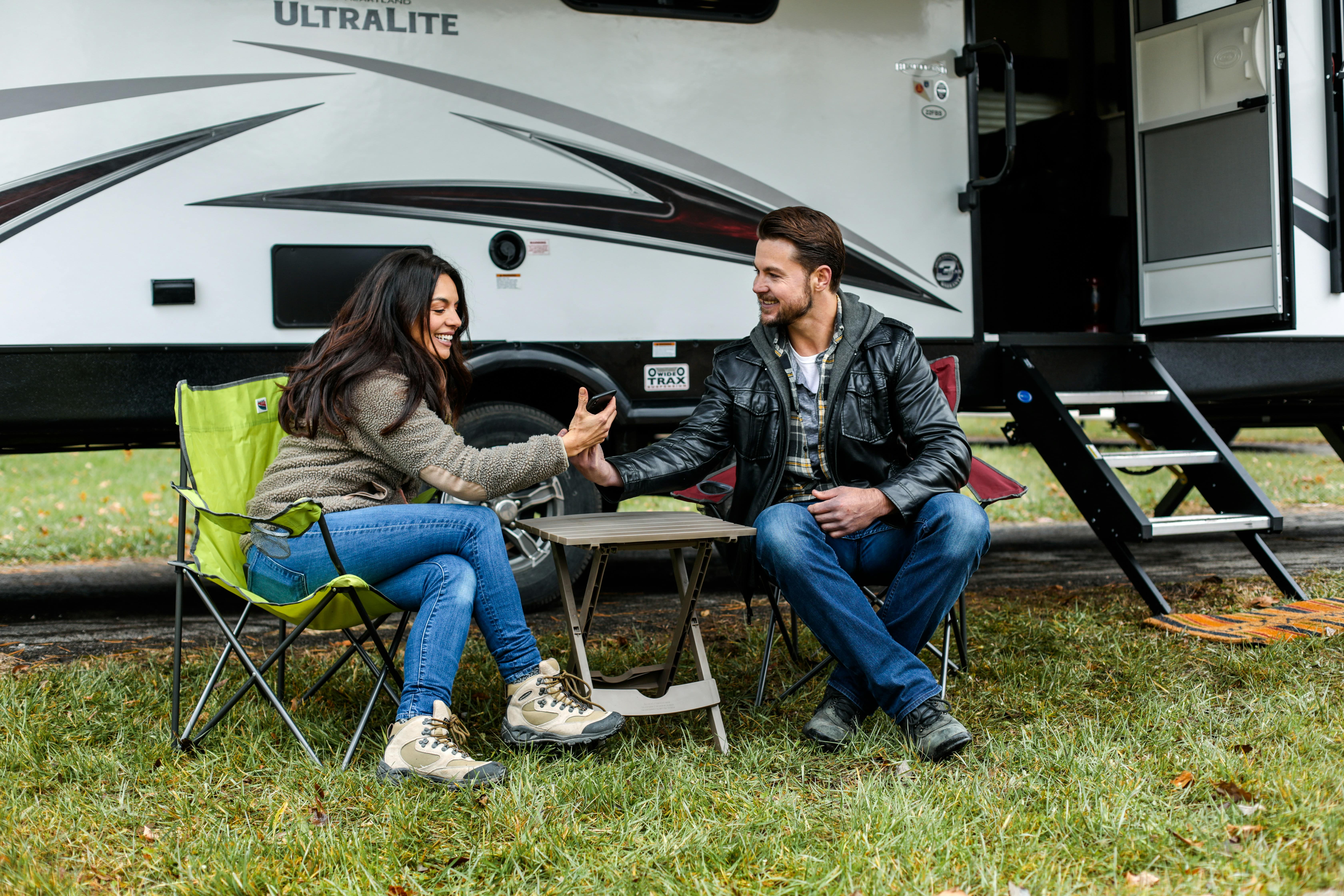Complete packing guide for Catskill Mountain hiking. Learn what gear, food, and safety items you need for a successful day on the trails.

The Catskill Mountains hold a special place in the hearts of hikers across New York and beyond. These ancient peaks offer everything from gentle family walks to challenging summit climbs. But here is the thing about mountain hiking – being prepared can make the difference between a memorable adventure and a miserable experience.
You might think packing for a hike is straightforward, but the Catskills present unique challenges that require thoughtful preparation. The weather can change faster than you can say "storm clouds rolling in," and what starts as a sunny morning can turn into a chilly, wet afternoon. That is why knowing what to pack for a hike in the Catskill Mountains becomes so important.
Understanding the Catskill Environment
Before we talk about your gear, let us paint a picture of what you are getting into. The Catskills are not your average hiking destination. These mountains sit at elevations ranging from about 1,000 feet at the base to over 4,000 feet at the highest peaks. Temperature drops roughly 3-4 degrees for every 1,000 feet you climb, which means conditions at the summit can feel dramatically different from where you started.
The terrain varies wildly too. You might start on a well-maintained trail through hardwood forests, then find yourself scrambling over rocky ledges, crossing babbling brooks, and navigating muddy sections that seem to appear out of nowhere. This variety is part of what makes Catskill hiking so rewarding, but it also means your packing list needs to account for different scenarios.
Essential Clothing for Catskill Hiking

Base Layer Wisdom
Your clothing system starts with what touches your skin. Cotton might feel comfortable at home, but it becomes your enemy on the trail. When cotton gets wet – whether from sweat, rain, or that unexpected creek crossing – it stays wet and pulls heat from your body. Instead, choose moisture-wicking synthetic materials or merino wool for your base layer.
Pack a long-sleeved shirt even if the forecast looks warm. Temperatures at higher elevations will surprise you, and long sleeves also protect against scratches from overgrown trail sections and pesky insects that seem to love hikers.
The Magic of Layering
Think of your clothing system like an onion – you want multiple layers you can add or remove as conditions change. Your middle layer provides insulation when temperatures drop. A fleece jacket or lightweight down vest works perfectly for this role. These layers trap warm air close to your body while still allowing moisture to move outward.
Weather Protection
Your outer shell is your shield against wind and rain. Even if rain is not in the forecast, pack a lightweight rain jacket. Weather in the mountains moves fast, and that light breeze at the trailhead can become a howling wind on exposed ridges.
Do not forget about your legs either. Hiking pants or sturdy shorts work for most conditions, but throw a pair of rain pants in your pack if storms threaten. Your legs generate less heat than your core, and wet pants can quickly lead to hypothermia.
Footwear That Works
Boot Selection
Your feet carry you through every step of your adventure, so treat them right. Hiking boots should feel comfortable from day one – this is not the time to break in new footwear. Look for boots that provide ankle support, especially if you plan to tackle rocky or uneven terrain.
The sole should offer good traction. Catskill trails can be slippery when wet, and nothing ruins a hike faster than constantly worrying about your footing. A deep tread pattern helps grip rocks, roots, and muddy sections.
Sock Strategy
Here is a secret many hikers learn the hard way: your socks matter as much as your boots. Wool or synthetic hiking socks prevent blisters by wicking moisture away from your feet. Pack an extra pair – wet socks can make even the shortest hike miserable.
Some hikers swear by wearing two pairs of thin socks to prevent friction. Try this system at home first to see if it works for your feet.
Navigation and Safety Essentials
Finding Your Way
Getting lost in the Catskills happens more often than you might think. Trail markings can be confusing, especially where multiple trails intersect. Always carry a detailed trail map – the kind printed on waterproof paper that does not dissolve when it gets wet.
A compass serves as your backup when technology fails. Learn how to use it before you need it. GPS devices and smartphone apps work great until the battery dies or you lose signal in a deep valley.
Emergency Preparedness
Pack a whistle for emergencies. Three sharp blasts is the universal distress signal, and a whistle carries much farther than your voice. A small flashlight or headlamp proves invaluable if your hike takes longer than expected or you need to navigate tricky terrain.
Include a basic first aid kit with bandages, antiseptic wipes, pain relievers, and any personal medications. Blisters, cuts, and scrapes happen even on easy trails.
Food and Water Strategy
Staying Hydrated
Water weighs about two pounds per liter, but staying hydrated is not optional. Most day hikes in the Catskills require at least two liters of water per person. Hot weather, high elevation, and physical exertion all increase your water needs.
Water purification tablets or a lightweight filter let you refill from natural sources, but research your route first. Not all Catskill trails pass reliable water sources, and some streams may be contaminated.
Trail Food That Fuels
Your body burns calories rapidly while hiking, especially when climbing. Pack foods that provide sustained energy without weighing you down. Trail mix, energy bars, dried fruit, and jerky are hiking staples for good reason – they pack a lot of nutrition into small packages.
Bring more food than you think you need. Getting hungry on the trail saps your energy and motivation faster than almost anything else. Pack foods you actually enjoy eating – this is not the time to experiment with new flavors.
Technical Gear for Different Seasons
Summer Considerations
Summer hiking brings its own challenges. Sun protection becomes critical at higher elevations where the atmosphere provides less filtering. Pack sunscreen, sunglasses, and a hat with a brim. The sun reflects off rocks and water, hitting you from unexpected angles.
Insect repellent saves your sanity when mosquitoes and black flies get aggressive. Long pants and long sleeves provide mechanical protection, but repellent handles the gaps.
Fall and Winter Additions
Cooler months require additional gear. Insulating layers become more important, and you might need microspikes or lightweight crampons for icy sections. Winter hiking demands specialized knowledge and gear – do not attempt it without proper preparation and experience.
Packing Smart: Organization and Weight

Backpack Selection
A comfortable backpack distributes weight properly across your shoulders and hips. For day hikes, a 20-30 liter pack usually provides enough space without encouraging overpacking. Look for packs with multiple pockets to organize your gear.
Weight Distribution
Heavy items belong close to your back and near the middle of the pack. This keeps your center of gravity stable and reduces strain on your shoulders. Light, bulky items like extra clothing can go on the outside or bottom of the pack.
Making Your Catskill Base
When you are planning multiple days of Catskill hiking, having a comfortable base camp makes all the difference. Willowemoc Campgrounds offers convenient access to many popular trailheads, letting you return to hot showers and comfortable sleeping arrangements after your mountain adventures.
Whether you prefer the convenience of RV site rental or want to set up camp for the season with seasonal RV sites, having a established base lets you focus on hiking instead of constantly setting up and breaking camp.
Final Thoughts and Preparation
Packing for Catskill hiking requires balancing preparation with practicality. You want to be ready for changing conditions without carrying so much gear that hiking becomes a chore. Start with this foundation and adjust based on your experience, the specific trails you choose, and the season.
Remember that the best gear is the gear you know how to use. Practice with your equipment at home or on easier trails before attempting challenging Catskill peaks. Every experienced hiker has stories about lessons learned the hard way – hopefully this guide helps you avoid some of those mistakes.
The Catskills reward prepared hikers with incredible views, peaceful forests, and the satisfaction that comes from meeting a good challenge. Take the time to pack thoughtfully, and you will be ready for whatever these ancient mountains throw your way.
Ready to start your Catskill hiking adventure? Plan your base camp at Willowemoc Campgrounds and discover why so many hikers return year after year to explore these magnificent mountains. Contact us today to reserve your spot and start planning your next outdoor adventure.

-min.jpg)

